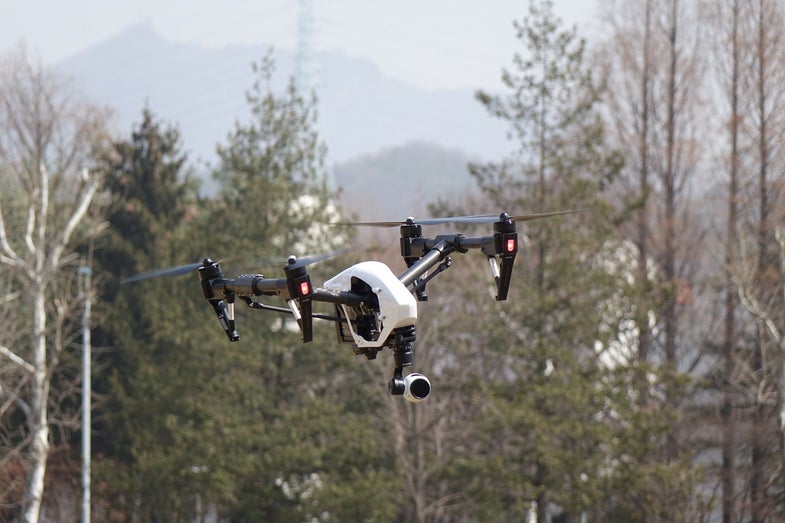FAA Approves One Company To Fly 324 Different Types Of Drone
Measure once, drone 324 times

Measure, an aerial imaging company, wants to sell “drones as a service,” where customers hire their fleet for aerial photography or other uses. Normally, companies are legally prohibited from flying drones for business purposes unless they get an exemption to this ban from the FAA. When approving requests like this, the FAA names the specific drone the company asked to fly. For example, the MotoMon Corporation is approved to fly a Hubsan 109S quadcopter for aerial photography and videogography. Earlier this week, Measure received a unique exemption for not just one drone, but 324 different drone models.
Measure‘s stated purpose for using the drones is the rather vague “aerial data acquisition,” which includes but is not limited to aerial photography and video recording. Like other FAA exemptions, the drones Measure intends to fly are restricted to weights less than 55 pounds, speeds less than 100 mph, and altitudes below 400 feet above the ground. The only truly remarkable fact of the FAA’s exemption to measure is the incredibly long list of vehicles they may choose to fly.
The first of these vehicles on the alphabetical listis the 2AgEagle, a likely misidentification of Kansas-based AgEagle’s farm-surveying flying wing. Another listed, the Falcon VTOL, is likely the Falcon V vertical takeoff and landing drone made by Thailand’s Top Engineering Group. Item number 161 on the list is simply “Identified System,” which is likely a Boomerang quadcopter drone body with a Pixhawk autopilot attached, and given a horribly un-Google-able name in the FAA exemption. Lockheed Martin’s Indago quadcopter shows up with the brand name attached in spot 178, and as a stand-alone type of drone at 163.
A search for drone number 218, listed simply as “Q1”, led me to a Facebook page for UAV Robotic Solutions, 3DR Drone Systems but the drone models made by 3DR Drone Systems are named either Solo, IRIS, or X8. The XM-8 does show up later in the list. Another possibility for Q1 is the surveillance drone pictured here, or perhaps a reference to a profitable first quarter of a drone maker’s financial year. The Predator drone is also known as either an MQ-1 or an RQ-1, but it far exceeds the 55-pound limit and 100mph speed cap set by the FAA for commercial drones approved in this exemption.
Amidst the vague names are plenty of definitely real vehicles, including 21 different models of DJI drones. So what determined the full list of 324 drone models? According to Measure itself, “the requested exemption would permit the operation of UAS platforms previously approved by the FAA for commercial operations in the United States.” If so, that doesn’t make any of these drones new to American skies. It just means Measure is the first company to request the authority to fly every single already-approved drone.
